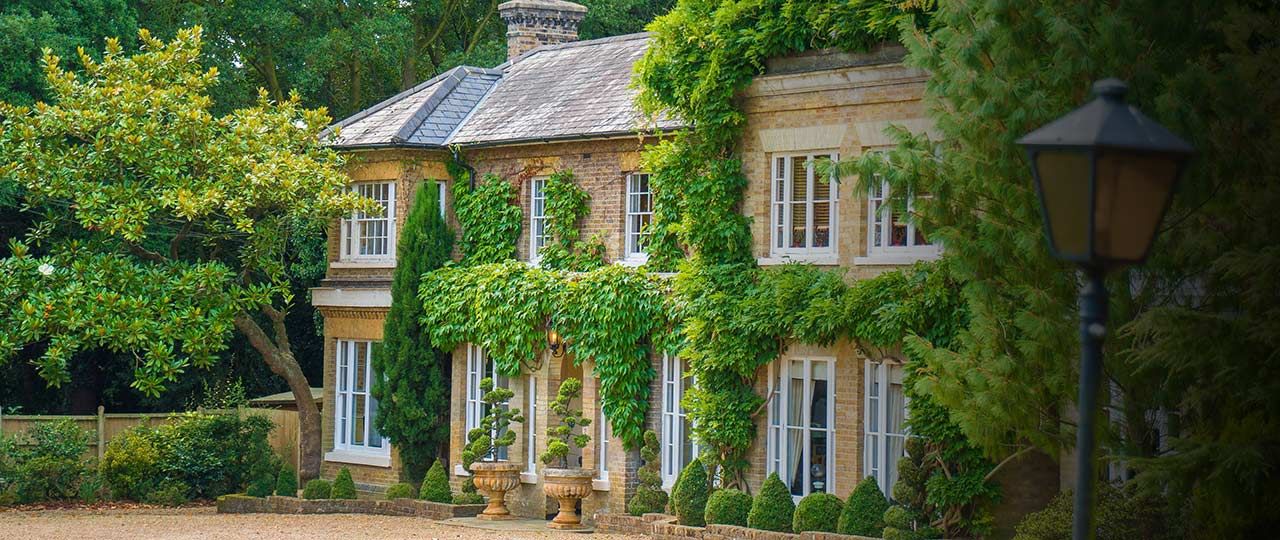
Mark Rimell
Director, National Country House Department


Director, National Country House Department
Edwardian-style homes are associated with the first two decades of the 20th century, reaching the height of popularity during King Edward VII’s reign. They are known for being spacious and well-suited to families. Most Edwardian homes were built with two storeys, and while they featured fewer rooms than previous architectural styles, the rooms were larger and more airy.
Space is the primary feature of Edwardian homes. As the middle and upper classes were thriving, they wanted room for their families and to host gatherings. There was also a desire for lighter interiors in response to the heavier interiors associated with Victorian homes. Edwardian homes feature wide hallways and staircases and large windows that maximise natural light. They are less ornate and more minimalist, making them timeless and ideal for modern palates.
What features epitomise an Edwardian home?
In addition to being light and capacious, Edwardian homes have specific features that confirm their status. Common features of Edwardian homes include:
• The use of diverse building materials for exteriors, ranging from brick to pebbledash to half-timbered exteriors
• Elegant fireplaces
• Parquet floors
• Square bay windows instead of round bay windows
• Large multi-paned sash windows to let in natural light
• A sizable front porch
Decorating an Edwardian home
The openness and simplicity of Edwardian homes lend themselves to modern renovations and a variety of aesthetic tastes. It can be quite easy to retain the “bones” of an Edwardian home while also updating it with 21st century amenities. Given their lack of heavy and overly ornate features, alongside their notoriously excellent construction, these homes can act as something of a blank slate. Decorating an Edwardian home allows owners to combine the best of the past and the present. Some ideas to help amplify the architectural beauty of an Edwardian home include:
• Maximise natural light by keeping window treatments, wallpaper and paint light
• Consider making use of high ceilings on the second floor by creating a cosy loft space
• Contrast large, blank walls with unique artwork
• Warm up a large room with an elegant area rug
• Combine contemporary and comfortable furnishings
Our pick of the best Edwardian homes
• Church Lane, Broxbourne, Hertfordshire EN10
A beautifully refurbished Edwardian house in mature landscaped grounds. This handsome house has been substantially re-modelled and features a large kitchen/sitting room/breakfast room that opens onto a covered and heated paved terrace. There is also a beautifully proportioned drawing room with an attractive open fireplace.
A fine example of an early Edwardian detached family home offering an abundance of natural light and original features throughout. High ceilings and large sash windows makes it perfect for family living. Furthermore, the Old Moulsham conservation area is within walking distance of Chelmsford city centre.